Northern Italy is filled with a beautiful and diverse landscape of vineyards, wines, and the families who make them. Long, winding roads, flanked by an endless sea of vineyards and farms, is common in the countryside. The undulating hills remind me of the crescendo and decrescendo of a symphony; I am still in awe of this bucolic beauty regardless of how often I travel there. And I love to journey through northern Italian white wines from there.
Late in 2021, as the world began to ease from the pandemic, I traveled to northern Italy. This was my first trip back to the glorious country since before the pandemic. I reveled and reunited with familiar winemaking families and delighted in their wines, invigorating my love for the mélange of white wines.
The summer season is the perfect time to enjoy these lesser-known whitesh, altough popularity grows abroad as the wine becomes more readily available outside of Italy. Northern Italian whites are ideal partners for traditional fare of summer – seafood and fresh vegetables. These whites include Gavi, Lugana, Arneis and Derthona, unique and indigenous to the regions in which they are grown. They are not ubiquitous.
In the United States, we mostly enjoy the universal grapes – chardonnay, cabernet sauvignon, merlot and sauvignon blanc that are ifferent than Italian wines in style, character and origin. Enjoy the stories and wines.
The Northern Italian White Selections
Gavi – Gavi sits in the southeastern part of Piedmont, about 60 miles south of the bustling historic capitol city, Turin. To get there, I arrive at the Turin airport and bask in the beauty of the city before making my way to Gavi. Gavi also is only an hour car ride from the coast of Genoa.
Gavi is the name of the white wine from this region of the same name. It is made from the cortese grape. Lovers of unoaked Chardonnay might gravitate towards Gavi, which offers some medium weight and a tropical fruit freshness. Gavi is typically stainless steel fermented; though you can find some that have seen oak aging and offer a fuller rounder style of wine.
I had the pleasure of enjoying multiple vintages and styles of Gavi when I traveled and visited Villa Sparina. It was a treat to learn first-hand about Villa Sparina and its wines from owner Stefano Mocagatta during our dinner. Always smiling and teaching us, he put my knowledge of the Italian language to the test. I think I passed.
We enjoyed the classic yellow label Gavi di Gavi and black label Monterotondo Gavi di Gavi. The latter wine rests for 2 years in oak barrels in the winery’s historic cellars. The view is a sea of barrels snuggled in between arches and columns, creating the perfect backdrop for a celebration. This aging results in a Monterotondo richer, lusher style than the classic Gavi di Gavi. Some great food pairings include tuna salad (niçoise salad), vitello tonnato, a classic Piemontese dish, and steamed clams.
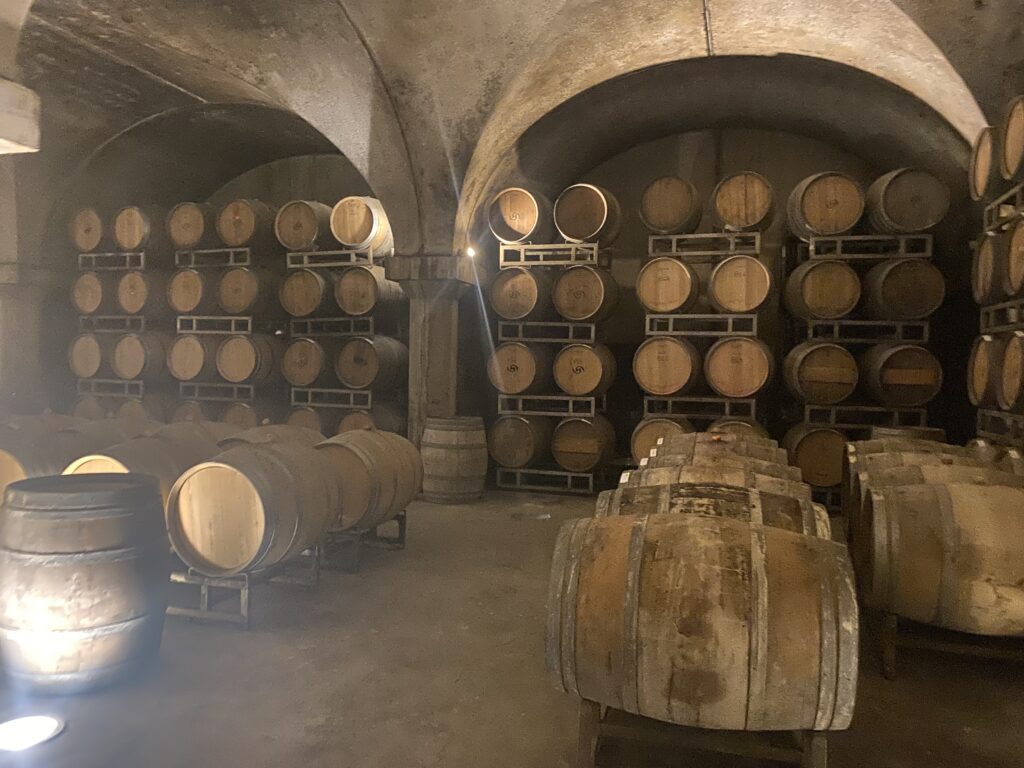
On the property of Villa Sparina is also a resort and spa. The cellar is home to where the family dries and ages meats. Another beauty of Villa Sparina is it sits a mere 10 minutes from the well-known Serravalle Designer Outlets. What better way to spend a rainy afternoon after visiting the property.
Arneis – Arneis is one of Piedmont’s most famous whites and is the grape that makes the wine with this same name. Arneis often comes from the hills of Piedmont’s Roero area, as well as Piedmont’s Langhe. And it typically has a medium body. Cordero di Montezemolo shows us an Arneis with the weight of the grape viognier and the acid of pinot grigio. It is beautifully dry with Opal apple and Bosc pear notes. Good food partners include cold seafood salad, steamed clams, crudité, grilled pork loin and turkey burgers.
Cordero di Montezemolo sits in one of my favorite areas of Barolo, the hills of La Morra. La Morra is the highest of the Barolo villages, offering the grandest views of the Alps and its landscape, like a patchwork quilt. La Morra’s cobblestone streets, lined with historic buildings, bring you back in time. There is a sense of peace about it, and the slowed pace immediately consumes you. The locals and tourists sauntering arm in arm, brushing kisses on each other, always conjure up wide grins.
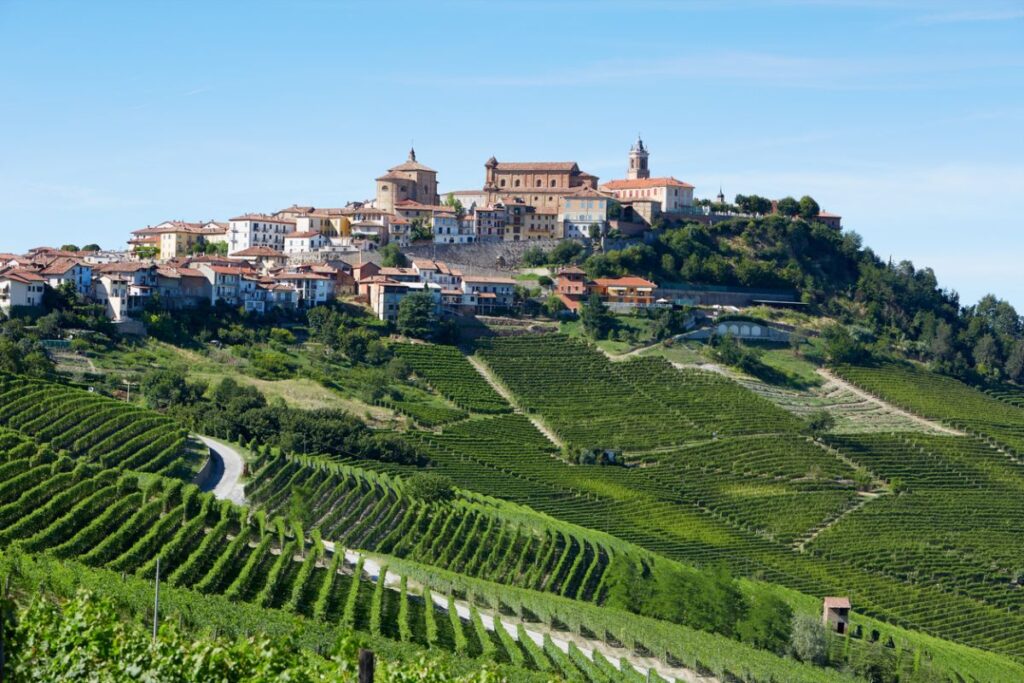
Cordero di Montezemolo is one of family traditions sharing the utmost care and respect for the land. Producing organically certified, Cordero di Montezemolo has remained in the family for 19 generations.
Derthona – Derthona is an enigma to many who live outside of Piedmonte, unless one is an Italian wine aficionado. Derthona, an ancient name of the town Tortona, is made from the white grape Timarosso. Yet, this variety was almost extinct until about three decades ago. Only a handful of producers make this wine. However, Borgogno is one winemaker investing in Timarosso.
Owned by the Farinetti family, whose patriarch started the famed Eataly, Borgogno is one of the oldest wineries there, dating back to the late 1700s. It sits right in the middle of the Barolo village. Enotecas, wine stores and small local shops surround it. There is where you can buy local meats, cheeses, spreads and freshly made Grissini breadsticks from the region. Truly one to visit, Borgogno’s winery, with some of the original cement tanks cellars, will captivate you at each turn. Naturally, it enthralled me, just as much as my lunch and tasting did there!
Borgogno’s Derthona reminds me a little bit of a Chablis or chenin blanc. It has a bright minerality with a medium body and notes of apricots, apple and citrus fruits. It is a great partner for more meaty fish like swordfish, salmon or tuna. Derthona can also age like a good chardonnay, developing a honey quality with time, and reminiscent of a French Burgundy.
Lugana – Meandering north from Piedmont is Lugana that sits south of Lake Garda, the largest lake in Italy. With its picturesque rolling hills, Lugana stretches across the borders of Lombardy (from where Franciacorta comes) and the Veneto. Lugana and family-owned Ca’dei Frati snuggles in below Lake Garda and benefits from rocky, pebbly soils and lake’s cool breezes.
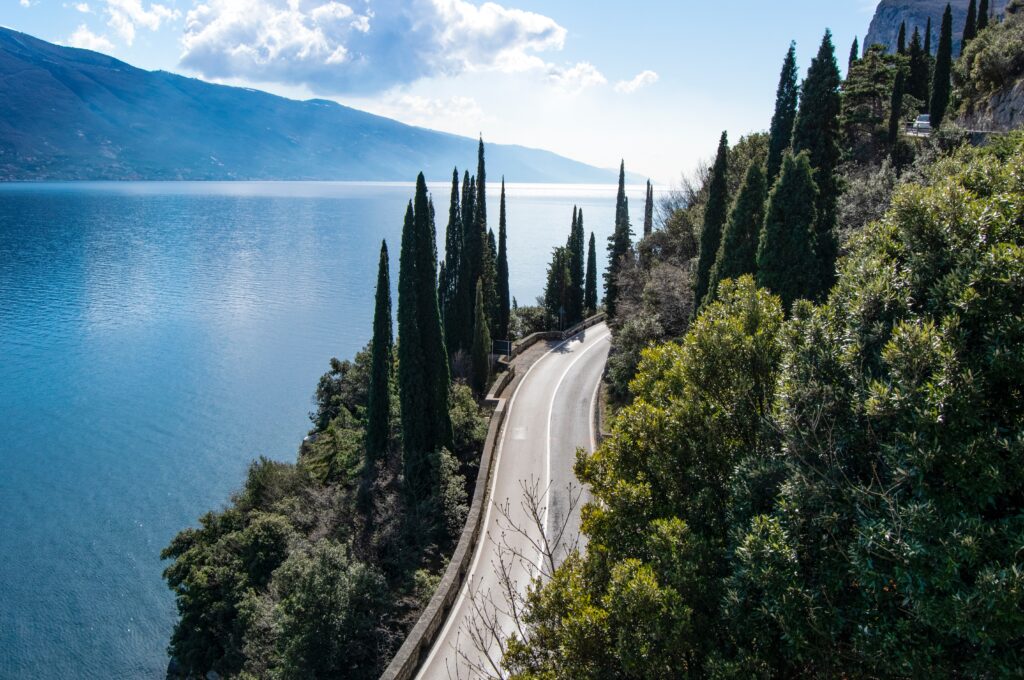
Lugana wine has bright mineral tones and a fresh floral style. For lovers of sauvignon blanc style wines, the Ca’dei Frati I Frati Lugana, made fromTurbiana, is a great alternative. It provides a light-medium weight, prominent notes of almonds, peaches and yellow apple backed by a refreshing acidity. It marries well with oysters, sardines, bluefish or cold white bean dishes with sauerkraut and ham, typical of the region.
Ca’dei Frati is another family-owned property with great history, dating back to the early 1900s. Passion and determination are two guiding principles of Ca’dei Frati, another must see on a visit to northern Italy. Explore Ca’dei Frati and its heritage before visiting Lake Garda or the hidden gem, Lake Iseo in Lombardy. If you plan to travel to Italy, read my blog Tips For Traveling In Italy, before you go.

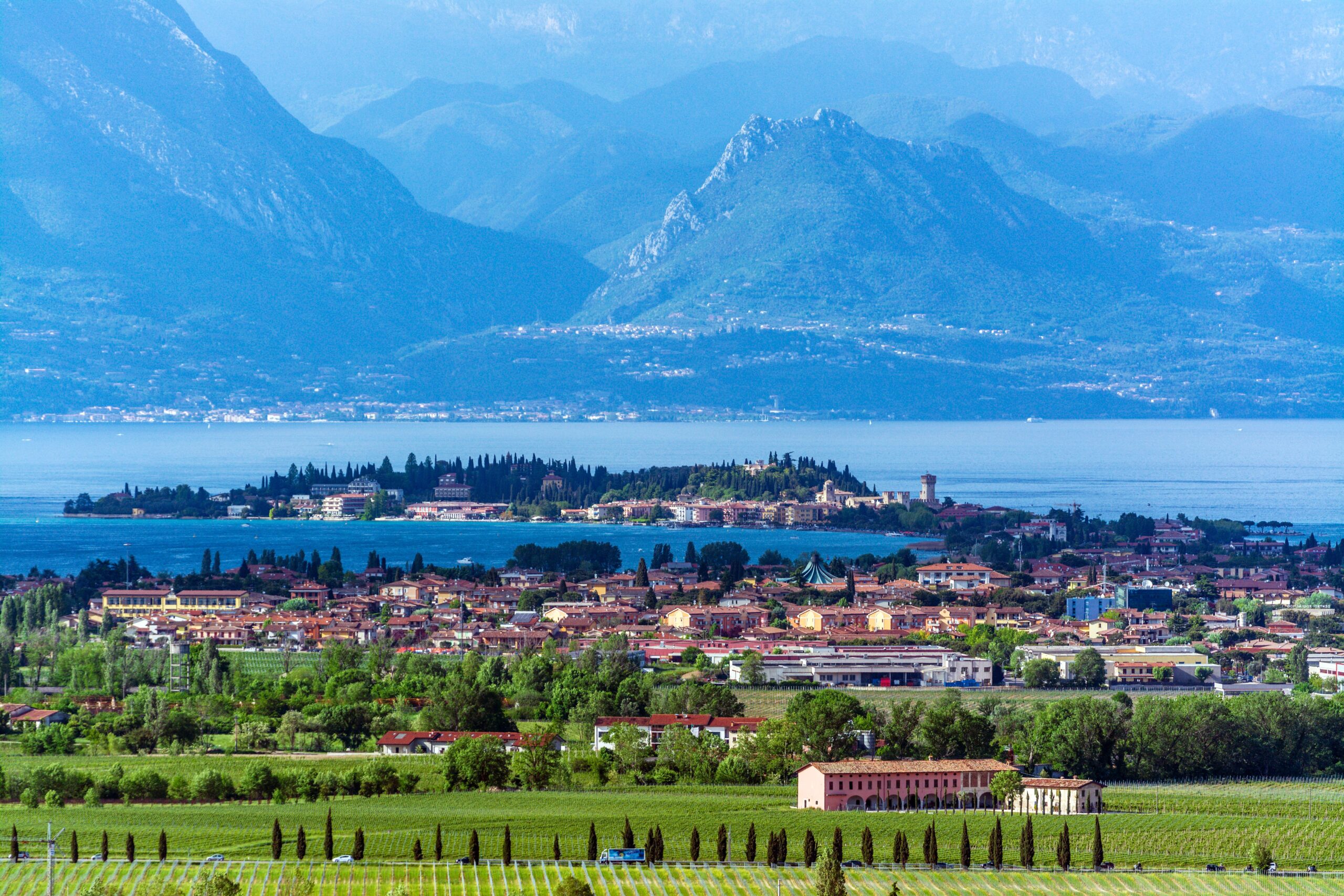

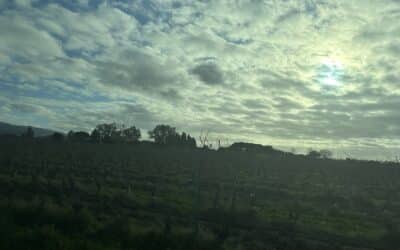

0 Comments